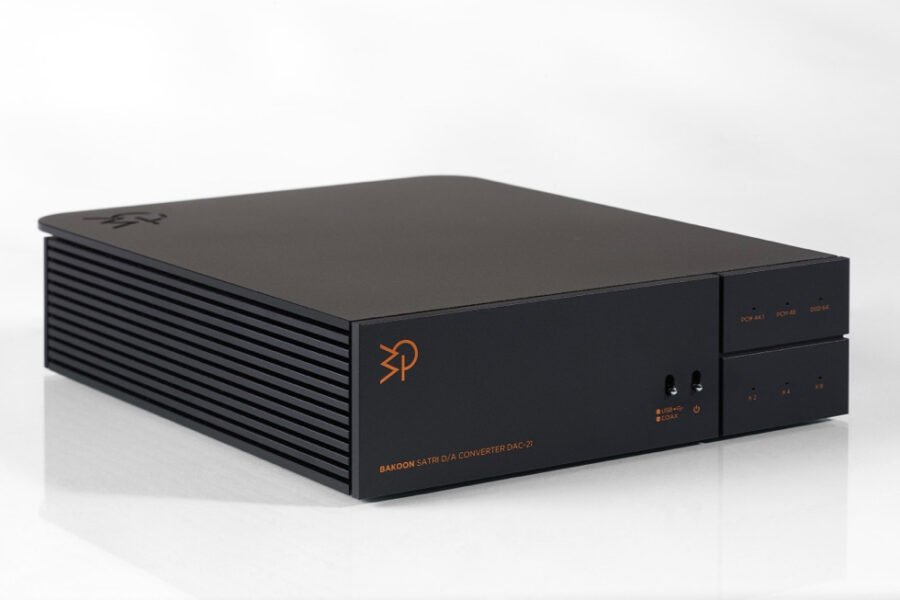The Bakoon Satri DAC-21 D2A DAC is diminutive in size, but does it make up in sound quality what it is lacking in stature? Janine Elliot finds out.
“I have played with a number of DACs over the years of reviewing hifi, some of which I would actually rather have DUCked from from doing if truth be known. The Bakoon is something different; not only is this Japanese/Korean product cute and small, and therefore very unimposing, but it uses a technology I wrote about before with the Questyle QP1r DAP. Using Current Mode Amplification there are distinct advantages over conventional voltage transfer of signals. The latter can be very sensitive to outside noises such as RFI/EMI interference, largely because output impedance is low and the input impedance is high. With Bakoon’s own “SATRI” circuitry supplied from a 5th generation chip on the distinctive purple PCB the reverse happens; the input to the device has impedance very low (around 3 ohms) and with higher output impedance (we’re talking mega ohms), with the circuitry working with the current signals rather than the voltage. Using basic physics, if resistance is negligible then voltage is converted straight into current. The DAC output stage does not include a conventional OP-amp, rather it takes the DAC chipset’s current signals directly into a SATRI circuit. Although the beginnings of SATRI go back to the 1980’s the first chip only appeared in 1998, a simple epoxy moulding, with SMD dual transistors and carbon resistors. The latest generation has a total of 48 micro-sized transistors, achieving even higher level of linearity and precision. ..3










































































































































































































You must be logged in to leave a reply.